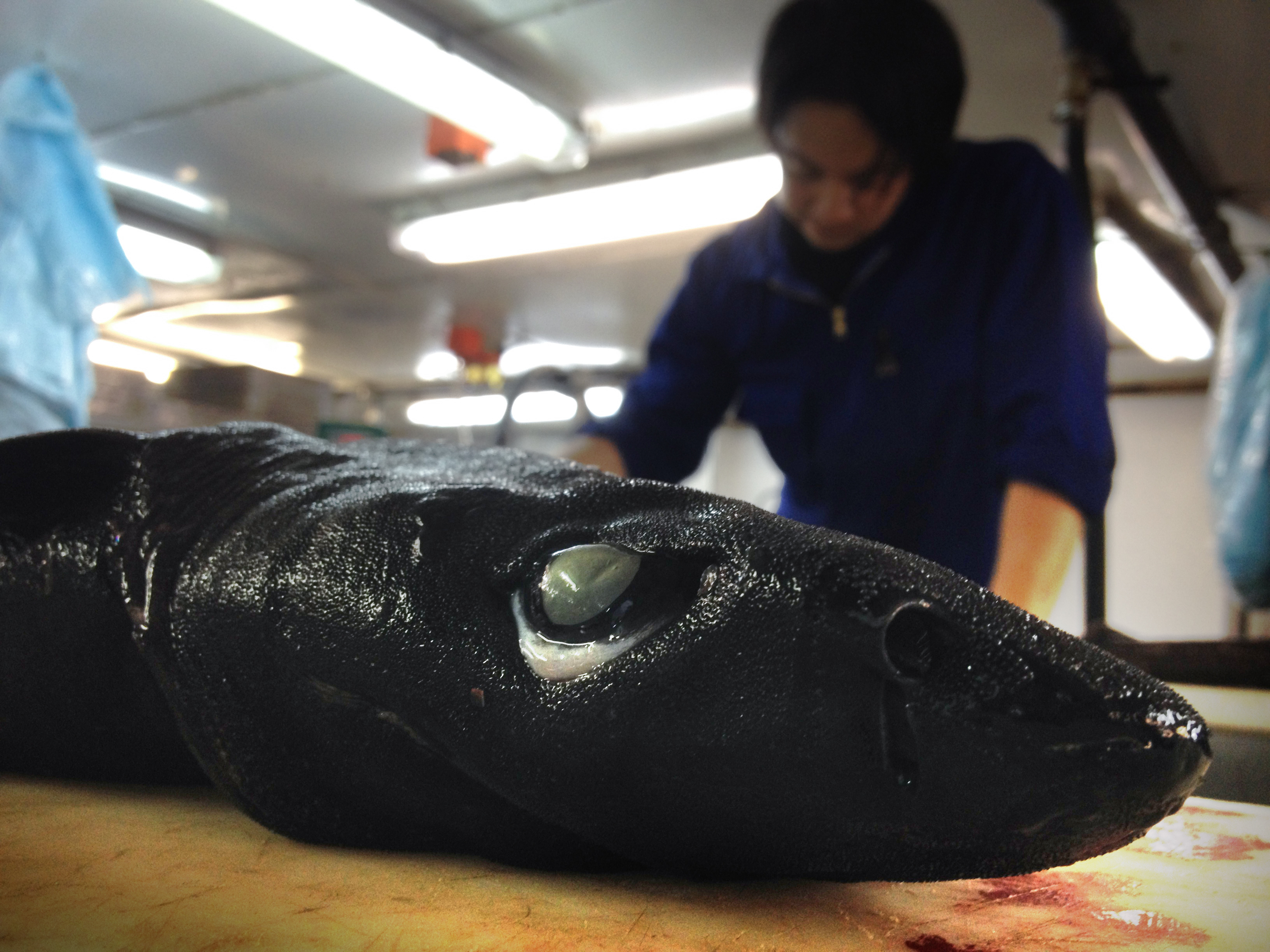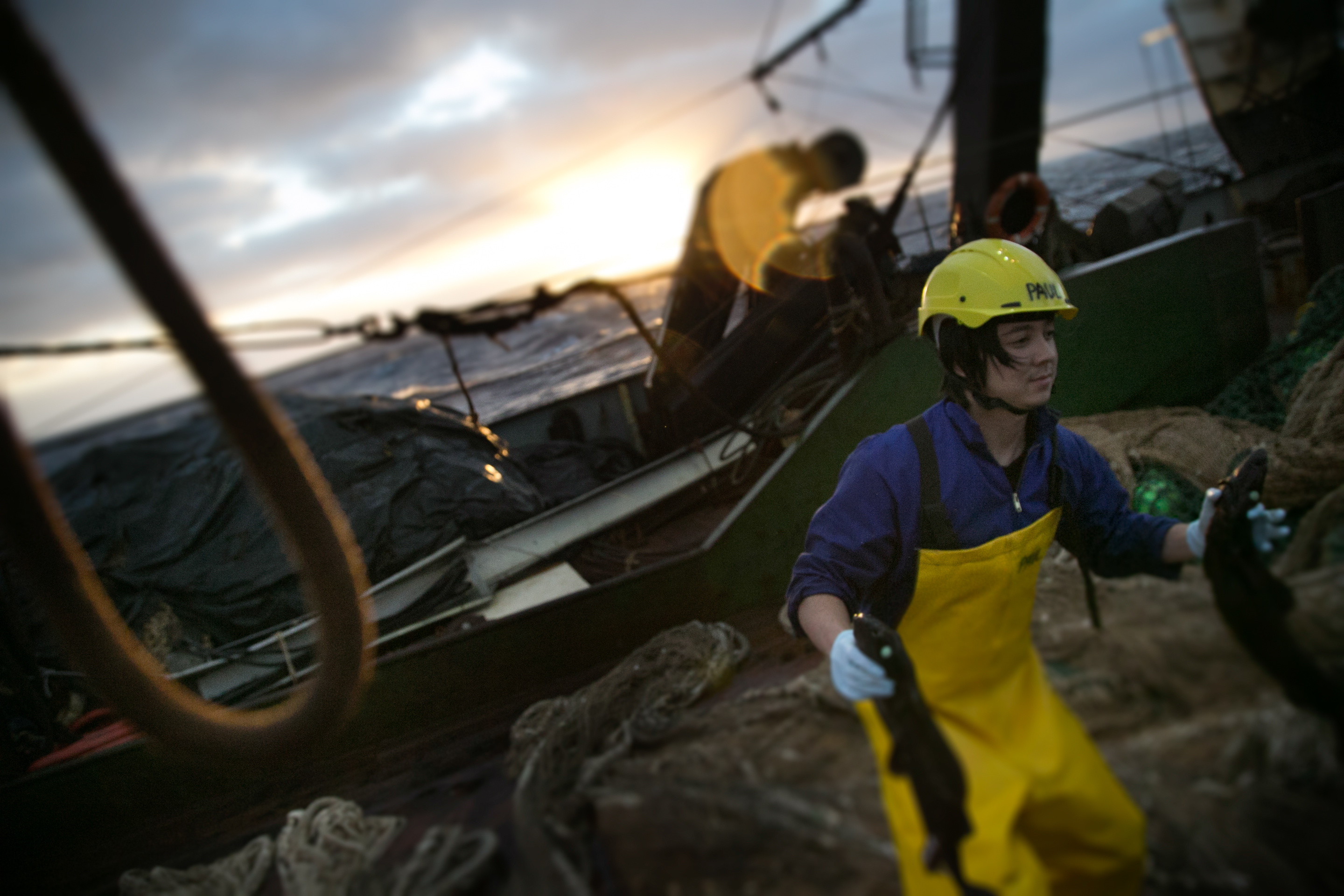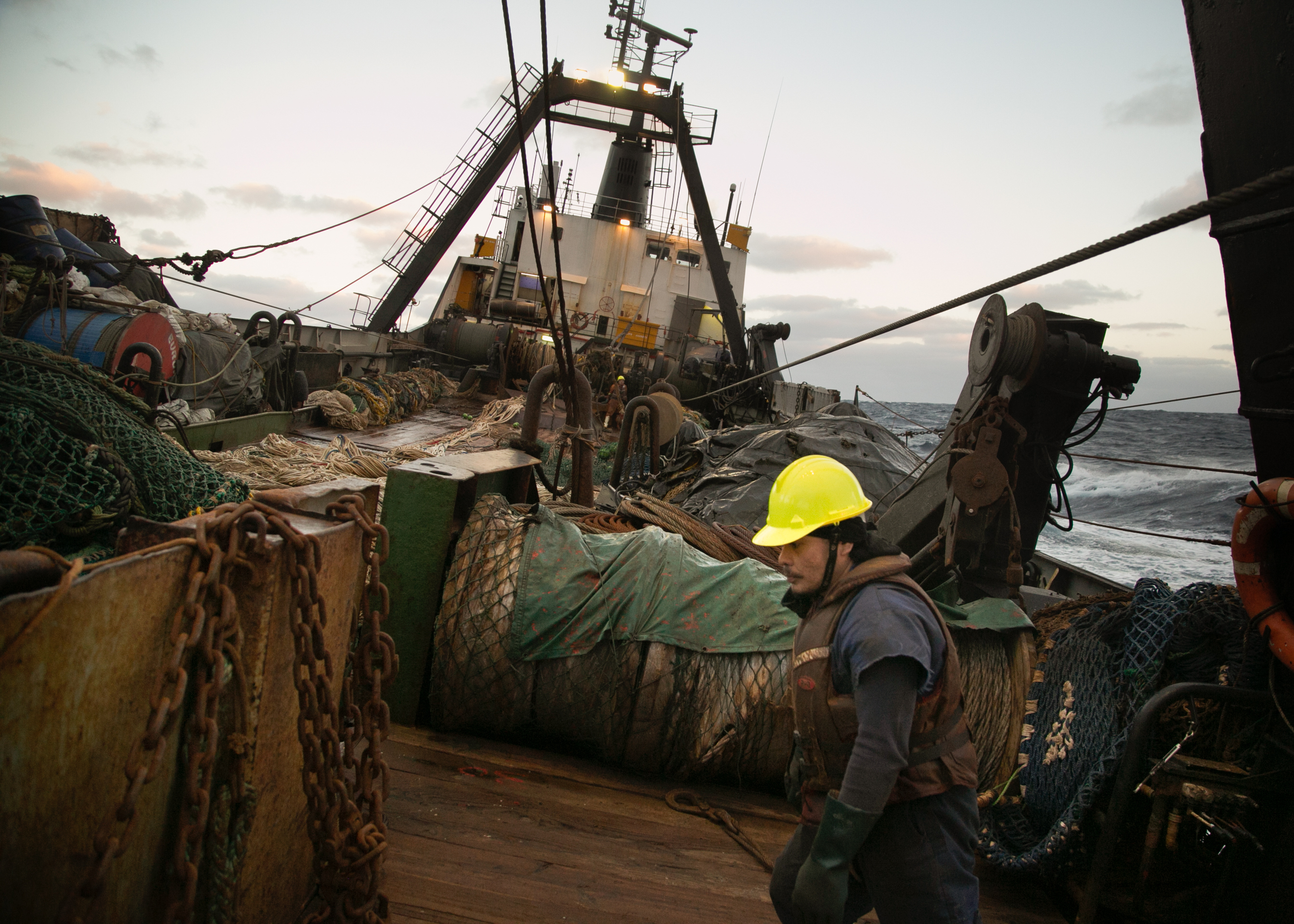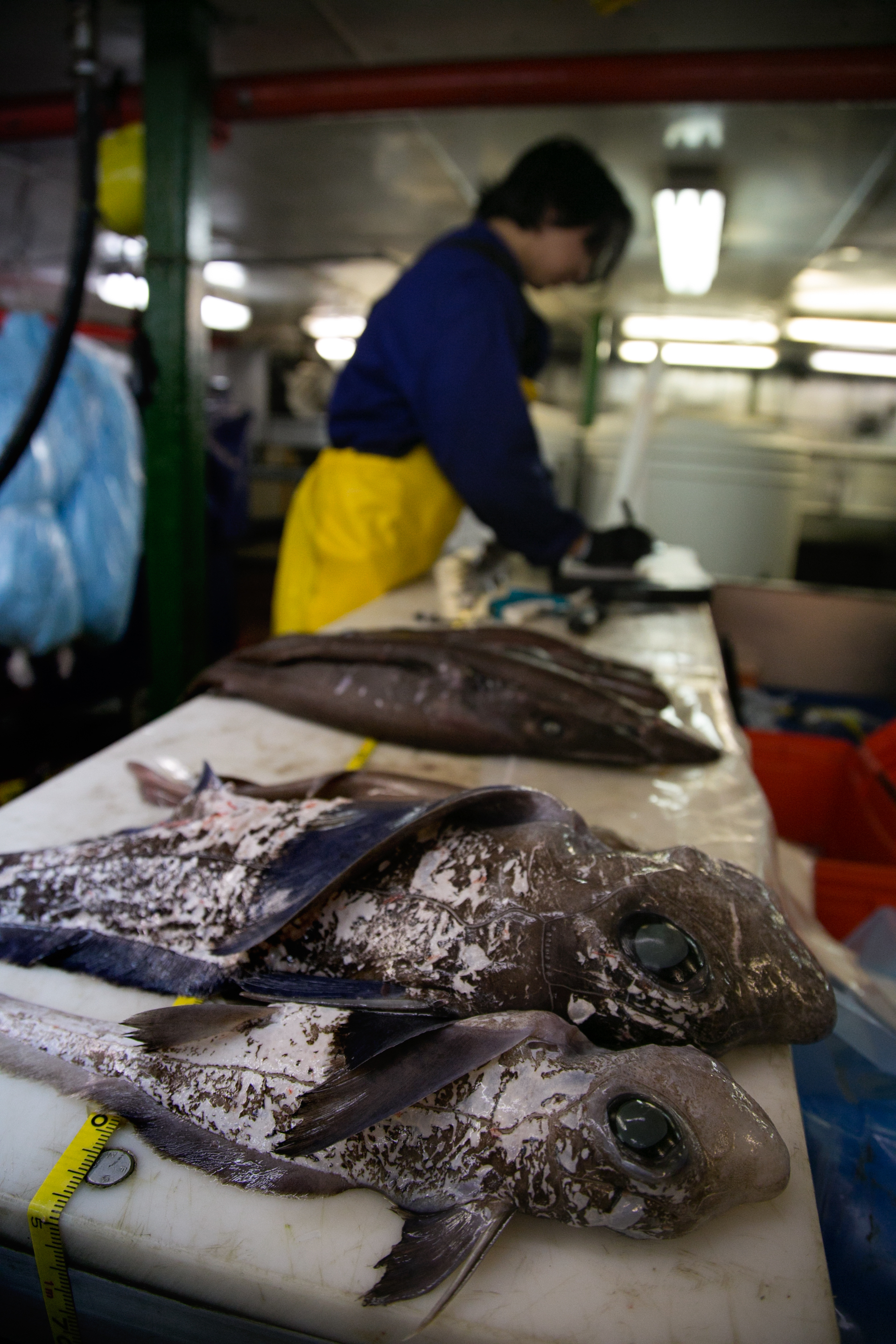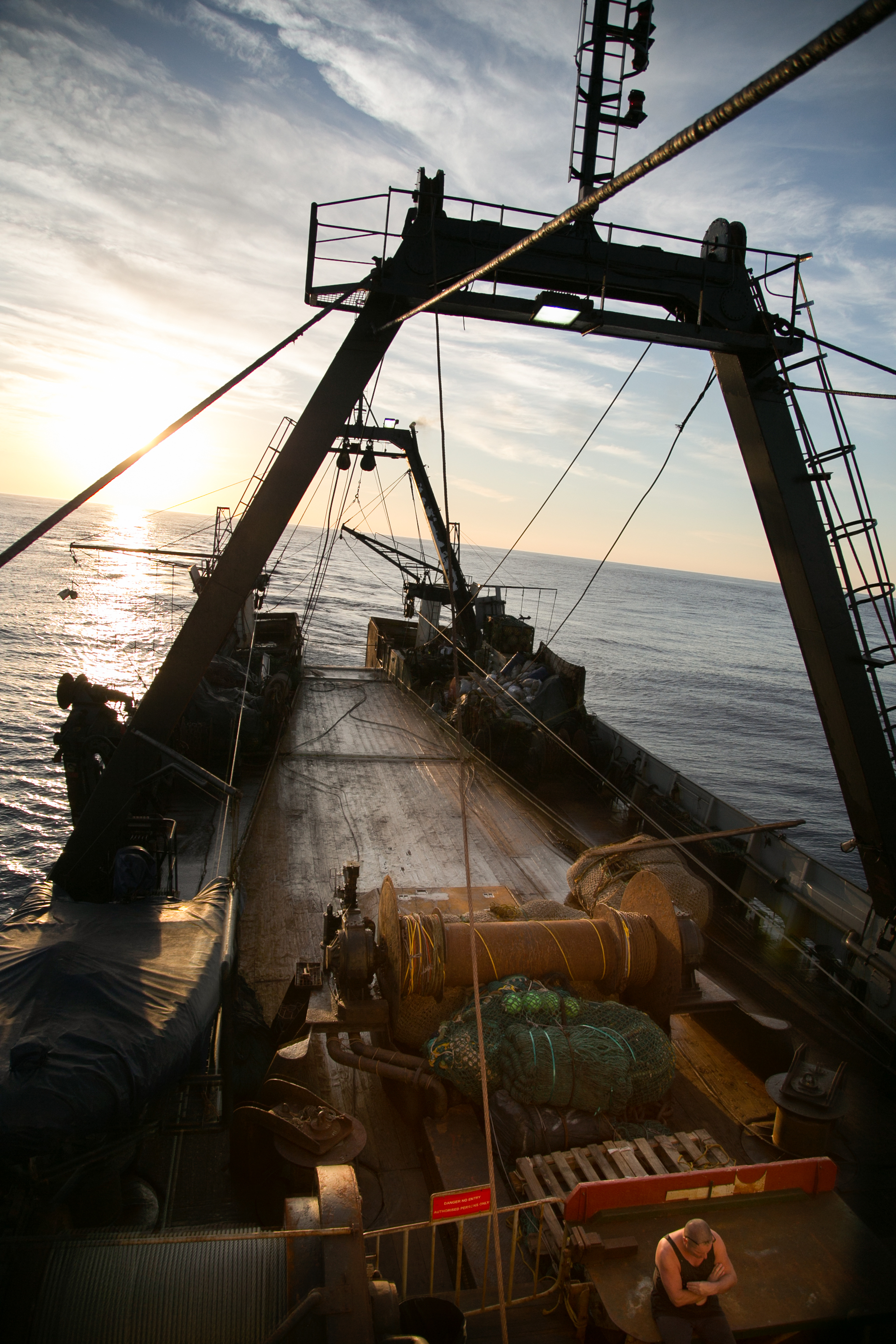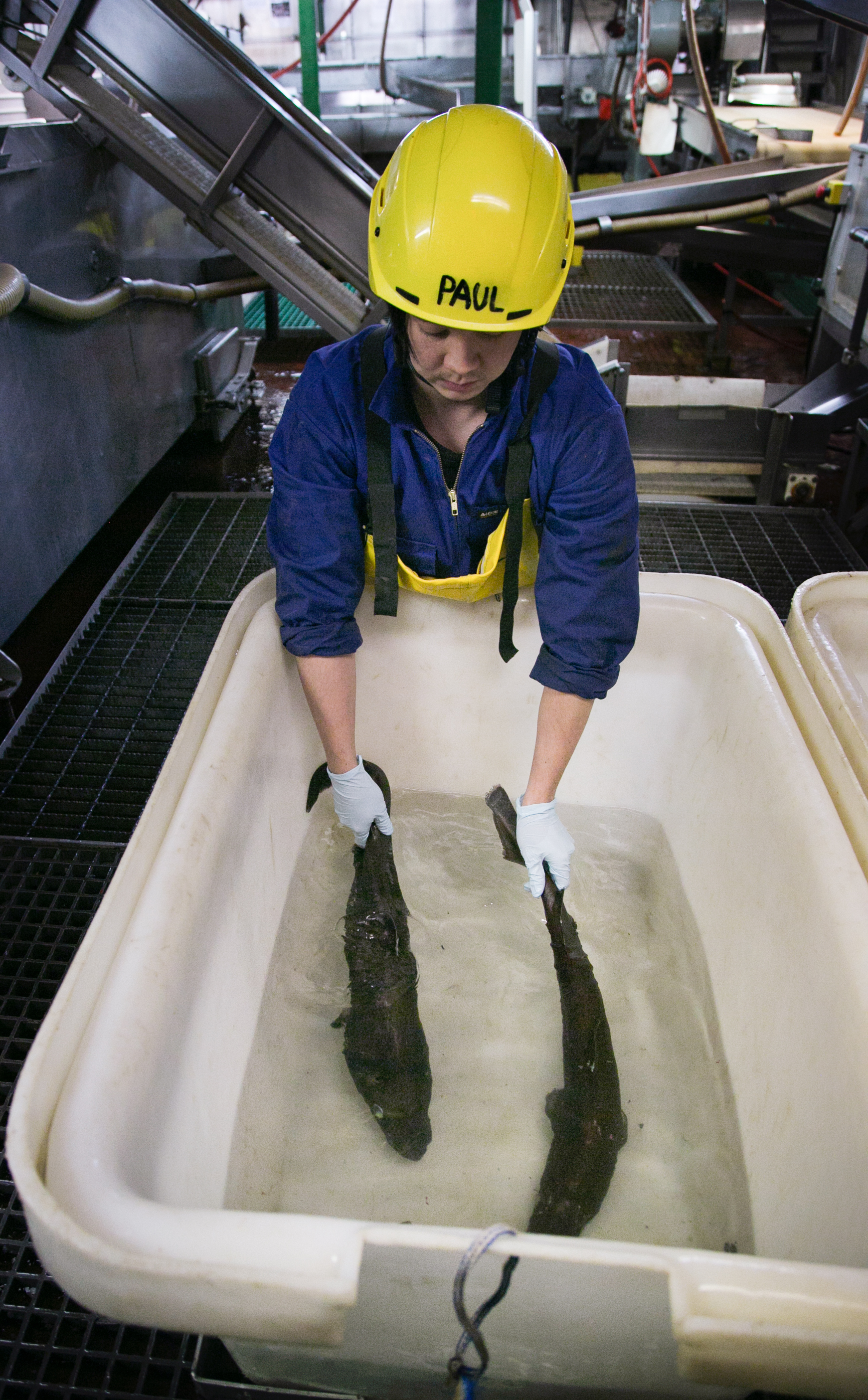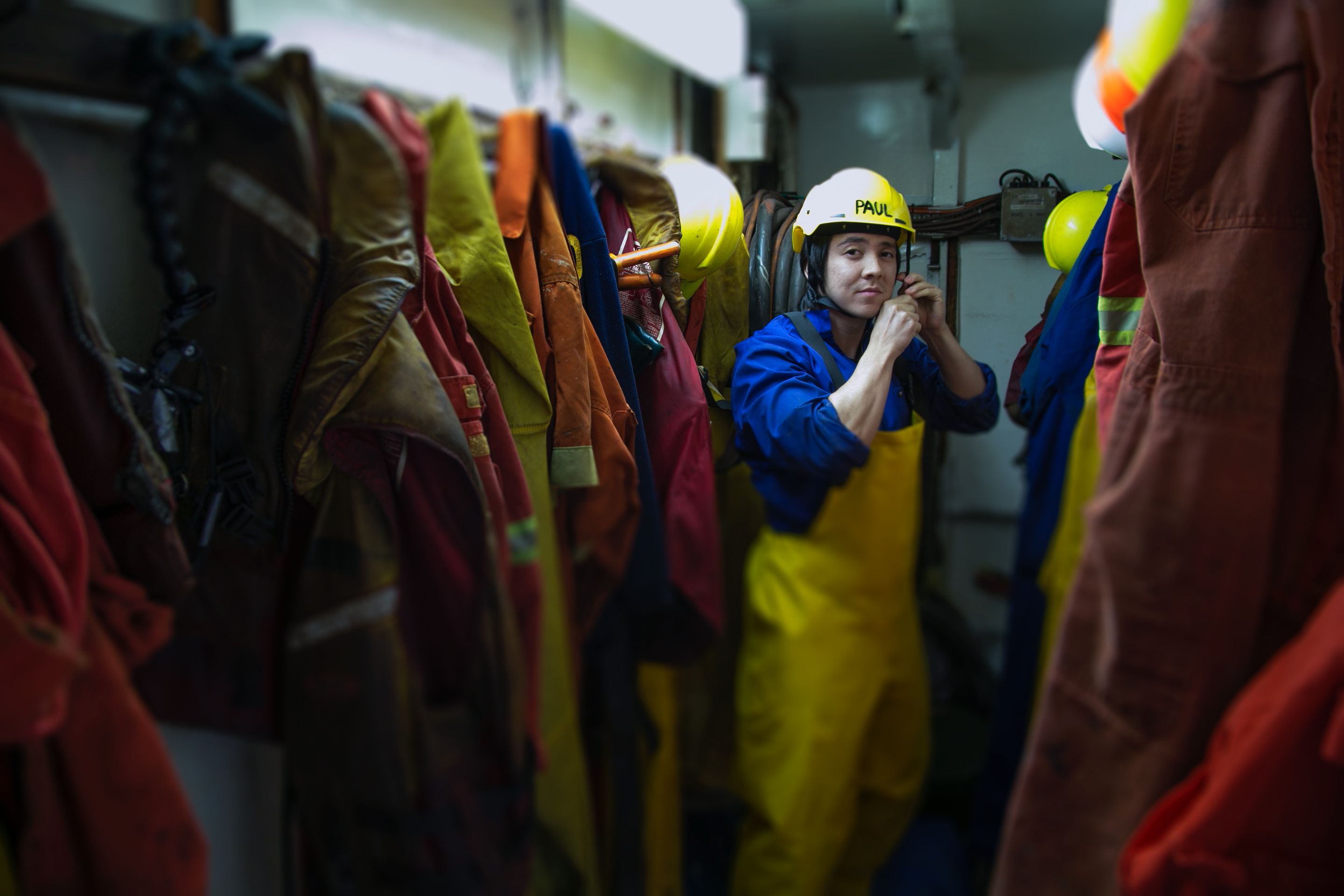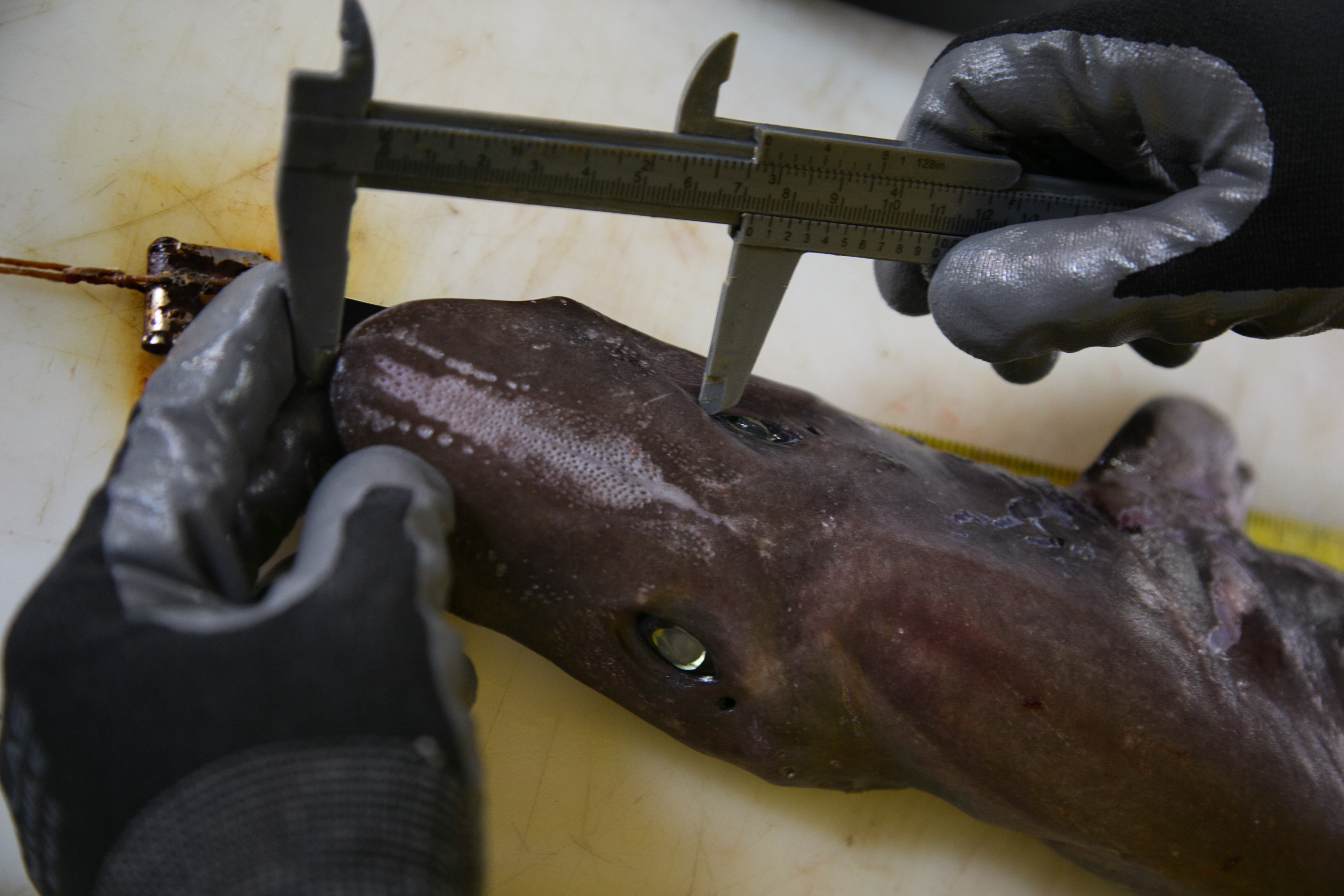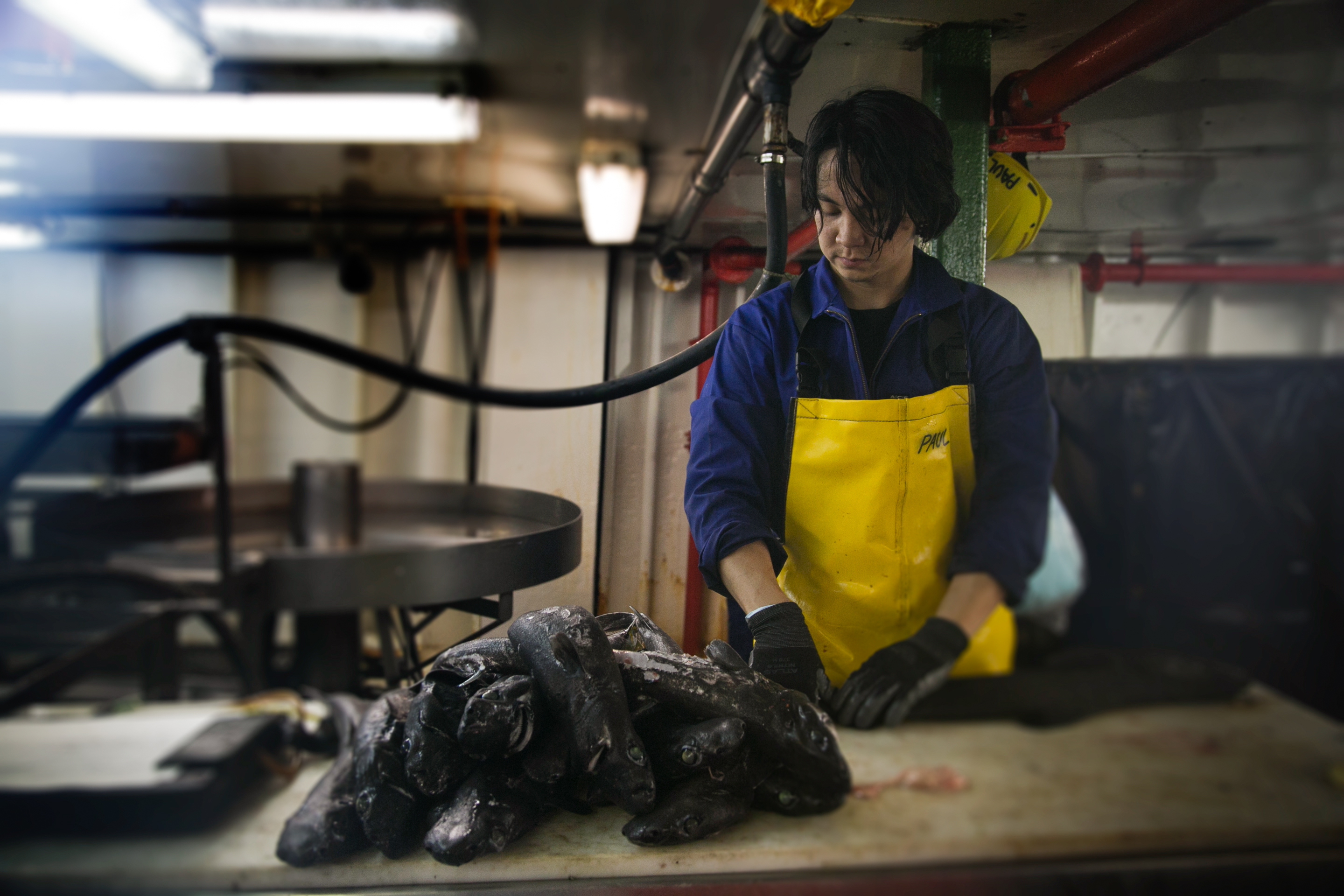Discovering deep-sea sharks in the Southern Indian Ocean
I have loved sharks for as long as I can remember. I was raised on Discovery Channel’s Shark Week, watching every show and memorising all the facts that I could. It’s a dream come true that I’ve grown up to work directly with sharks and contribute to research about them. Working with and discovering species has been the focus of my life for the past four years.
My goal is not only to contribute to the scientific understanding of sharks, but also to educate the general public about sharks and the Southern Indian Ocean, the last frontier of ocean exploration and discovery.
I find it amazing that I can make a serious contribution to science. It’s taken a lot of hard work to get where I am, as well as lots of help and luck, but I absolutely love what I do. People don’t realise it, but we are living in a time of shark exploration. In this past decade, new shark species have been discovered at a higher rate than ever before in human history. They’re out there. We just have to search for them.
Why study deep-sea sharks in the Southern Indian Ocean?
The Southern Indian Ocean has long been recognised as one of the world’s last unexplored regions. Because of its remoteness, its depths have only recently become accessible, mostly by commercial fisheries. There has been very little scientific effort to probe this unexplored and highly productive area. Steeply sloping sea mounts and ridges make the Southern Indian Ocean a hotspot of biodiversity and endemism.
Sharks are keystone predators, controlling fauna populations in the food web. Deep-sea elasmobranchs are known for their low fecundity and slow rate of reproduction. If they are overexploited, the vulnerable and unique ecosystems of the Southern Indian Ocean’s deep-sea sea mounts could be seriously affected.
The recent demand for certain species of seafood has resulted in the commercial development of deep-sea fisheries in remote parts of this region. Because of the difficulty and expense involved in reaching it, virtually nothing is known about the fauna and ecology that make up these sea mounts’ ecosystems or the impact that commercial fishing has on their population structure, community dynamics and predator–prey interactions.
The expedition
This was my second 60-day expedition to the Southern Indian Ocean aboard the commercial trawler Will Watch, which was fishing for orange roughy and alfonsino. Both times the crew ventured more than 1,600 kilometres south of the island of Mauritius to fishing grounds near underwater sea mounts. When sharks were accidentally caught in the trawl nets the crew gave them to me to study, enabling me to make a contribution to scientific research.
My first trip in 2012 attracted the attention of Discovery Channel, which sent a team to travel with me this spring and document my expedition. Both voyages proved successful and, in addition to uncovering a dozen new species, I collected valuable data on other sharks that are rare and poorly known. My time at sea is very exciting and I see a lot of amazing things that have never been seen before – like the live birth of a 1.3-metre false catshark.
About me
I am a fourth-year San Jose State University graduate student of marine science at Moss Landing Marine Laboratories, with a focus on shark ecology at the Pacific Shark Research Center (PSRC). When I was on the Will Watch in the Southern Indian Ocean during my second semester of graduate school in 2012, I designed a comprehensive sampling protocol that enabled me to examine systematically the trawler’s shark by-catch. The protocol subsequently received acclaim during a workshop in March that the United Nations Food and Agriculture Organization invited me to co-instruct.
Before studying at Moss Landing Marine Laboratories, the National Marine Fisheries Service deployed me aboard long-liners and trawlers in the Bering Sea for several seasons. As an undergraduate at Cornell University, I also participated in the Sea Education Association’s Semester-at-Sea programme, conducting open-ocean research during a 4,800-kilometre voyage on a research/sailing-school vessel in the equatorial Pacific. All told, I have logged nearly 12 months of at-sea research.
This project results from the efforts of my graduate adviser, PSRC director Dr David A. Ebert, and his connections with representatives of Deep-sea Fishers of the Southern Indian Ocean. Funds from the National Science Foundation grant awarded to Dr Gavin Naylor for his collaborative ‘Jaws and Backbone: Chondrichthyan Phylogeny and a Spine for the Vertebrate Tree of Life’ project helped support the 2012 survey, and tissue samples collected from it were sent to the Naylor Laboratory at the College of Charleston for DNA analysis.

